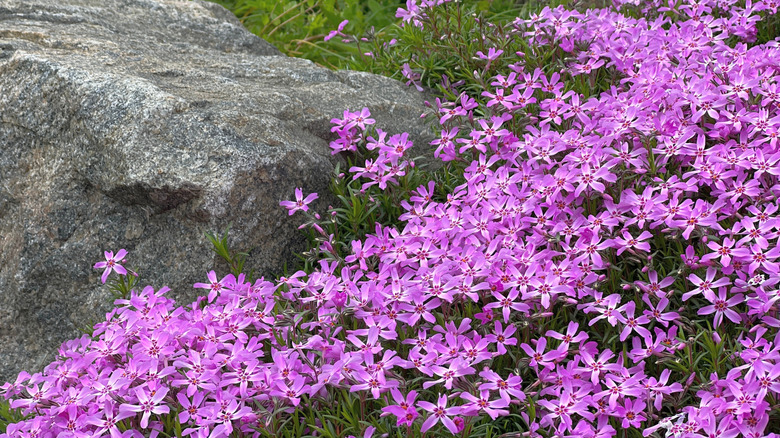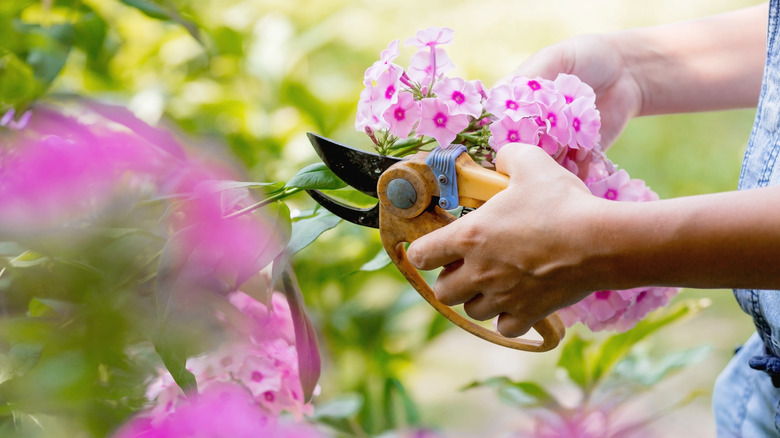Should You Prune Phlox In The Fall? What To Do Now For Bigger Blooms
Phlox (Phlox paniculata) is one of those garden favorites that offers what feels like a reward for the hard work you put into your landscaping. With its tall stems and bursts of color, this perennial has a way of stealing the show from mid-summer through early fall. But when the season winds down and the once-vibrant flowers start to fade, many gardeners find themselves wondering what comes next.
Phlox is actually one of the perennials that you should be pruning in the fall for a number of reasons. It benefits from a little end-of-season attention, helping to mitigate the spread of disease and encouraging more blooms the following year. If your phlox plant is looking a bit worse for wear after a vibrant season, it might be time to break out the pruning shears.
Pruning in the fall—combined with year-round deadheading—can contribute to bigger blooms on your phlox plant, but it is also an essential step in setting the right conditions for a healthier plant overall. Phlox plants are famously prone to powdery mildew, a fungal disease that clings to old stems and foliage, waiting to resurface the following year. This is especially true in the wetter, colder fall months, which is why it's important to incorporate a healthy pruning routine. By cutting the plant back once it's done flowering and the leaves begin to yellow, you're essentially wiping the slate clean. This reduces the chance of disease carrying over and keeps pests from finding shelter in leftover debris. Pruning is an opportunity to help your plant reset and rest throughout the winter months; ensuring that when warmer weather arrives, it has the strength to deliver those big, show-stopping blooms you're looking forward to.
How to prune a phlox plant before winter
Pruning phlox isn't complicated, but doing it correctly can make a world of difference. Phlox thrives in USDA Hardiness zones 4 through 8, and you should begin pruning after the first hard frost of the fall season. At this point, the plant has officially reached dormancy and the stems are no longer actively pulling nutrients to the roots. You'll notice the foliage is often yellowed, wilted, or blotched with mildew—that's your sign it's safe to cut back.
Use clean, sharp garden shears to snip each stem down about 2 inches above the soil line. Don't be afraid to cut aggressively here; as leaving tall, hollow stems can create small hiding spots for insects and allow moisture to linger. This moisture will eventually contribute to powdery mildew or rotting on the plant. Once the stems are removed completely, carefully gather the cut material and place it in a compost bin. Avoid using the chop and drop method, especially on pieces that are infected with powdery mildew, as this can spread disease to neighboring plants or healthy parts of your phlox. Don't put infected cuttings into the compost bin either.
Once the pruning is done, you can take one extra step to give your phlox a smoother winter: mulching. Adding two or three inches of shredded leaves, bark, or straw around the base of the plant insulates the roots from harsh temperature swings and helps retain moisture in the soil. Come spring, simply remove the mulch as new shoots start to emerge from the ground, and you'll notice that your phlox plant bounces back with vigor. Combine this pruning routine with mid-season deadheading and regular watering, and you've essentially created a year-round strategy for stronger plants and more abundant blooms.

